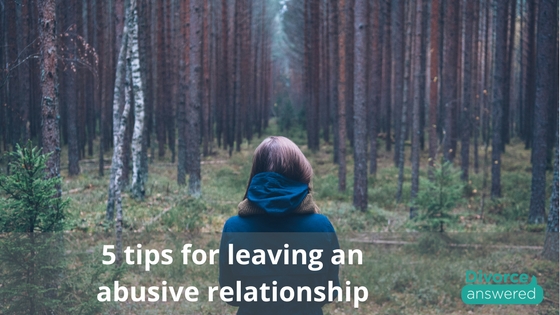
WARNING: IF YOU THINK THAT YOU OR SOMEONE YOU KNOW IS AT RISK OR HARM, CALL EMERGENCY ‘000’
It is alarming to know that domestic violence is an ongoing issue around the country. In fact, one in three Australian women have experienced physical violence and one in four Australian women have experienced emotional abuse by a current or former partner . Domestic violence doesn’t discriminate, one in three victims of domestic violence are men . Domestic violence can creep up on victims and sometimes the warning signs are subtle but it can come in varying forms including verbal, physical, emotional, financial and sexual.
There are ways you can find and get help if you are experiencing domestic violence. Rachael Scharrer had thought that domestic violence was limited to physical and verbal abuse and excused or justified each incident. When she researched domestic violence years after her marriage ended that she realised she was at greater risk than first thought. She founded online resource, DivorceAnswered.com.au and shares her advice for leaving a relationship involving domestic violence.
Set up the emergency or panic function on your mobile phone “Each mobile phone is different, so research the specific functions for your phone within the settings. Enable and personalise your emergency settings so that your location and an audio clipping will be alerted to selected family or friends. When the alert has been received, your family or friends can contact the police on your behalf.”
Inform the local domestic violence police officer or liaison “Remember the police are allies to victims of harassment and domestic violence. Meet with your local Domestic Violence Police Officer (DVPO) to get informed about your rights. The DVPO can refer support services and assist you wherever possible. Don’t be afraid to contact the police if you are concerned for the safety of yourself and your children. The police can instigate interim and emergency Apprehended Violence Orders (AVO) or Domestic Violence Orders (DVO) at short notice if required. Both orders help to restrict the behaviours of the offending person, allowing you to have some legal recourse against their actions. Should the offender breach the terms of the AVO or DVO, report it to the police.”
Plan ahead “If you are able to prepare to leave at any time, you will feel more confident and comfortable in making the difficult decision. a) Have a planned excuse. Ensure you have a reason or excuse to leave the house, particularly if you have children. b) Know where to go and what to do. You may have a relative or friend who can offer a place to stay for a short period of time. Similarly, it is worth researching organisations that can assist with temporary accommodation in a safe place.” c) Gather important documentation. This includes birth certificates, marriage certificates, copies of accounts, financials and more. DivorceAnswered.com.au provides a free Separation Checklist for items that you should take or make a copy of. Don’t forget to back up documents and emails. Consider giving a copy or access to these files to a person you trust. d) Store heirlooms. Make sure special or sentimental items of value (e.g. photographs) are located in a safe place outside of the house. e) Have an ‘exit box’ ready. This is handy if you are in a rush as your key belongings will be with you. The exit box should include money, keys, keep-sakes, certificates, licenses, passports, medication, clothes and digital copies of documentation. This box could be kept at a friend or relative’s house. Alternatively, if you do have to leave suddenly and the exit box is in your home, the police can escort and supervise while you take your belongings. f) Have some funds set aside. If possible, save money into a separate account as it will make your financial situation easier. Organise pre-payment of expected outgoing expenses. Quite often finances are tight once separated, so whatever you can save will help with starting a new life. g) Change passwords on everything. This include passwords for bank accounts, phone, emails and other resources or accounts you use.”
Share with a trusted friend “Tell them about your concerns and plans. Most importantly, keep in regular contact and ask them to contact police if you fail to make regular contact. It is also useful to have a ‘help’ word with your friend which notifies them to step in.”
Contact support or government organisations “There are many organisations set up to assist victims of domestic violence. If you want to continue living at home, contact Staying Home Leaving Violence (NSW only). National organisations which you can contact include Victim Support Services, Domestic Violence Advisory Service, Relationships Australia and your local police station who will also know of other local organisations which can help.”
For more information about leaving an abusive relationship and for detailed tips, suggestions and recommendations, please access the Divorce Answered ‘How to best separate: Domestic Violence’ e-book or arrange a Strategy Session today.